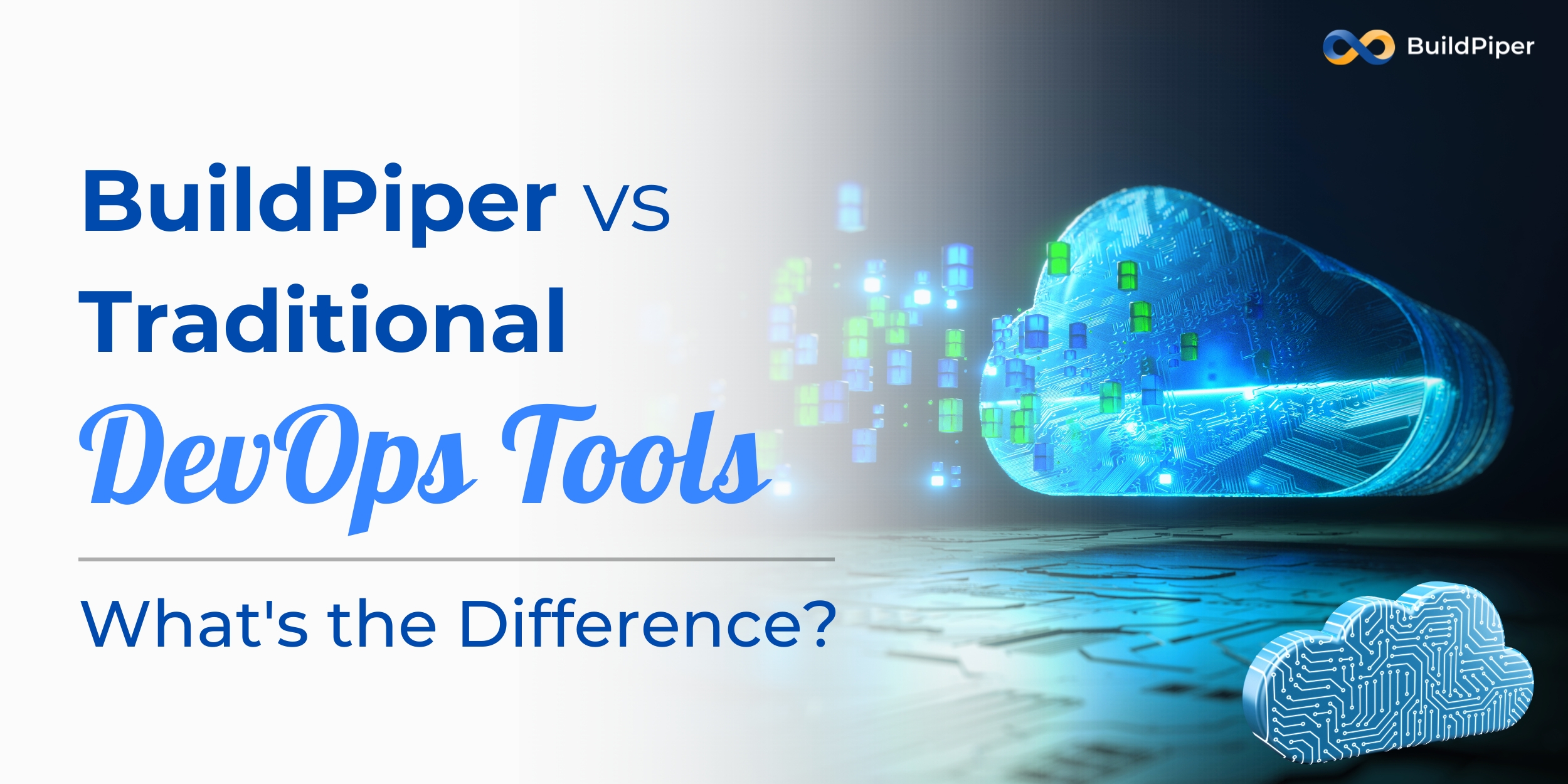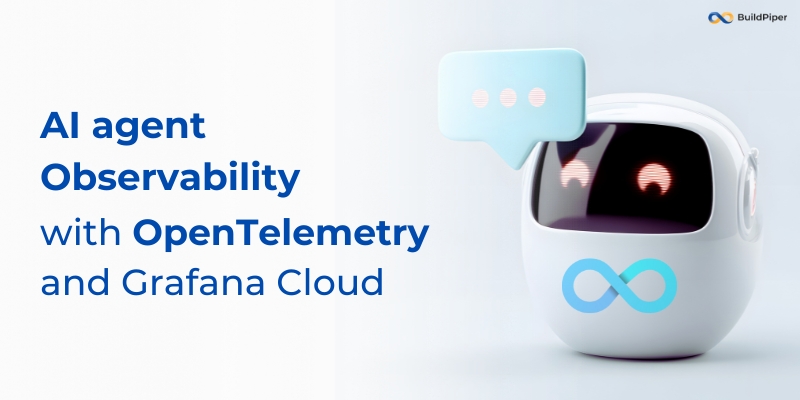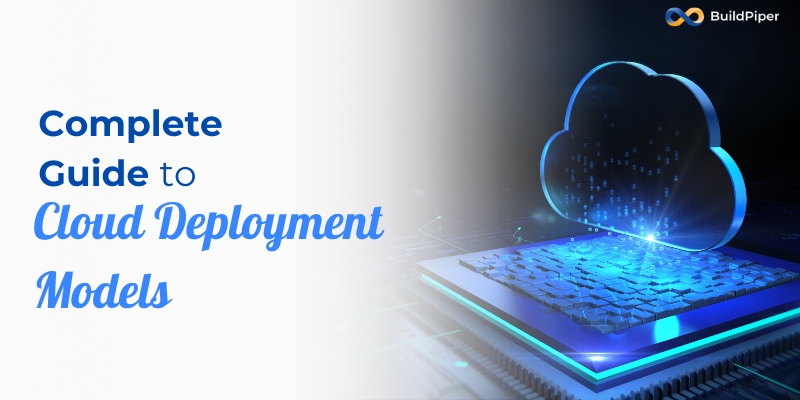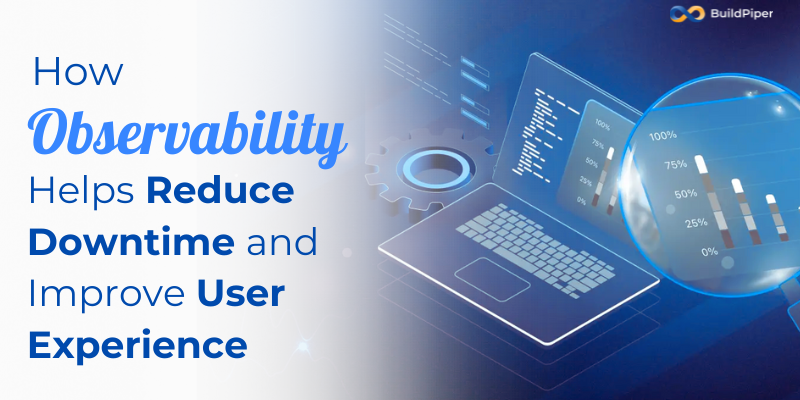The DevOps orbit has evolved dramatically over the past decade, with Kubernetes and microservices becoming the backbone of modern application deployment. As organizations shift towards cloud-native architectures, the need for robust CI/CD for Kubernetes has never been greater.
Traditional CI/CD tools like Jenkins have been the industry standard for years, but newer platforms like BuildPiper are emerging, offering a more streamlined, Kubernetes-native approach. So, how does BuildPiper vs Jenkins compare? What makes BuildPiper a better fit for a modern DevOps stack?
In this in-depth comparison, we’ll explore the key differences between BuildPiper and traditional CI/CD tools, helping decision-makers choose the right solution for their DevOps needs.
The Evolution of CI/CD: From Traditional Tools to Kubernetes-Native Solutions
The journey of CI/CD has shifted from monolithic, script-heavy pipelines to agile, Kubernetes-native platforms that align with modern cloud-native architectures.
1. Traditional CI/CD Tools: The Jenkins Era
Jenkins has long been the go-to CI/CD tool for DevOps teams. Its open-source nature, extensive plugin ecosystem, and flexibility made it a staple in software delivery pipelines.
However, as infrastructure moved to Kubernetes, Jenkins started showing limitations:
- Complex Setup & Maintenance: Jenkins requires manual configuration, making it cumbersome for large-scale Kubernetes deployments.
- Plugin Overload: Dependency on plugins can lead to compatibility issues and security vulnerabilities.
- Scalability Challenges: While Jenkins can integrate with Kubernetes via agents, it wasn’t designed natively for containerized environments.
- Lack of Built-in Security: Traditional tools often require additional configurations for secure deployments.
2. BuildPiper: A Kubernetes-First CI/CD Solution
BuildPiper is a modern DevOps platform built specifically for Kubernetes and microservices. Unlike Jenkins, it provides an end-to-end CI/CD pipeline with built-in security, governance, and observability. Key advantages include:
- Native Kubernetes Integration: No need for complex setups, BuildPiper is designed to work seamlessly with Kubernetes clusters.
- Managed Microservices Pipelines: Automates build, test, deployment, and security checks in a unified workflow.
- Security & Compliance by Default: Comes with built-in security scanning, secret management, and compliance checks.
- Simplified DevOps Experience: Reduces the need for multiple tools, offering a single platform for CI/CD, GitOps, and observability.
Key Advantages of BuildPiper
CI/CD for Kubernetes: What Modern Delivery Demands
Kubernetes has introduced a new operational paradigm. It brings scalability, resilience, and flexibility, but at the cost of complexity.
Delivering applications on Kubernetes requires far more than just pushing code to production. You need:
- Helm chart templating
- Container image management
- Dynamic environment provisioning
- K8s manifest validation
- Canary deployments and rollbacks
- Integrated security scanning
- Service mesh & network policies
Traditional CI/CD tools were not built to handle this.
BuildPiper: CI/CD That Speaks Kubernetes
BuildPiper deeply integrates Kubernetes into its fabric. This includes:
- Managed Helm-based deployment engine for consistent and versioned deployments
- Dynamic namespace provisioning for ephemeral environments (dev, staging, QA)
- Progressive delivery strategies like blue-green and canary, out of the box
- Service discovery and health checks are automated via the platform
- RBAC-based access controls at service, cluster, and environment levels
In essence, BuildPiper treats Kubernetes not as a plugin, but as a core primitive.
Developer & Team Experience
Jenkins is an engineer’s toolkit. It requires time, patience, and deep scripting knowledge.
BuildPiper is a platform for product teams. It abstracts away the complexity of DevOps, allowing developers, QA, and DevOps teams to collaborate seamlessly without bottlenecks.
Developer Experience with BuildPiper:
- No scripting required to define pipelines
- Visual CI/CD workflows for intuitive understanding
- Role-specific dashboards for Developers, DevOps, and Leaders
- Integration with Jira/GitHub/GitLab/Bitbucket for streamlined workflows
- Self-service onboarding of new microservices in minutes
This reduces cognitive load, enabling faster and safer shipping.
Why Decision-Makers Should Rethink Their CI/CD Strategy
As CTOs, CIOs, and engineering heads evaluate modernization paths, sticking with outdated tools like Jenkins may feel “safe,” but in reality, it’s risky.
Here’s why:
- Time-to-value is slow
- Security is fragmented
- Team productivity is bottlenecked
- Scalability is manual
- Technical debt keeps piling
On the other hand, adopting a platform like BuildPiper brings:
- Standardization across teams and services
- Lower TCO due to reduced scripting & maintenance
- Greater visibility and control over delivery
- Faster experimentation with safer releases
- Alignment with cloud-native transformation goals
Case Study: Airtel Cuts Deployment Time by 70% with BuildPiper
Client: Airtel (Global Telecom Giant)
Challenge: Fragmented CI/CD, manual deployments, weak DevSecOps integration, and limited observability.
BuildPiper Solutions:
- Standardized CI/CD pipelines for 250+ services
- Canary & A/B deployments with rollback
- Integrated security tools (Coverity, Prisma, GitLeaks, SonarQube)
- Dashboards for DORA metrics and productivity
- Self-service onboarding and automated workflows
Impact
Deployment Time
Achieved 70% faster deployment cycles
Dev Time Saved
10+ hours/week per engineer
Process Compliance
98%+
Infra Cost Reduction
BuildPiper-powered observability delivered 30% savings in infrastructure costs.
Deployment Frequency
10+ per day
Conclusion
In the battle of BuildPiper vs traditional CI/CD tools, it’s clear: the future belongs to platforms that are Kubernetes-native, DevSecOps-ready, and scalable by design.
BuildPiper is not here to replace Jenkins for every use case. But for organizations investing in microservices, Kubernetes, and modern DevOps stacks, BuildPiper offers a 10x better developer experience, 3x faster time-to-market, and dramatically lower operational friction.















